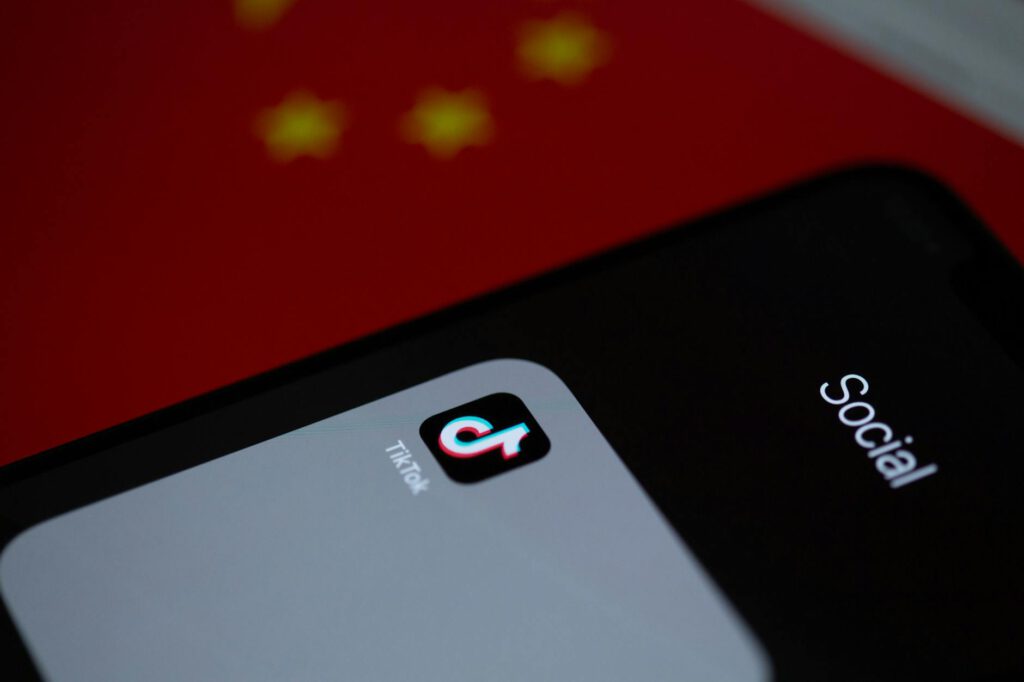Introduction
In today’s hyper-connected digital landscape, a single negative post or review can spiral into a full-blown PR crisis for small and medium-sized enterprises (SMEs). Social media amplifies backlash at lightning speed, making swift and strategic crisis PR essential. Unlike large corporations with dedicated PR teams, SMEs often lack the resources to handle viral negativity effectively—yet their reputations depend on it.
This guide explores actionable strategies for SMEs to manage social media backlash, mitigate reputational damage, and even turn crises into opportunities for brand strengthening.
Why Crisis PR Matters for SMEs
A viral backlash can cripple an SME’s customer trust, sales, and long-term growth. Unlike larger brands, SMEs often operate with tighter margins and rely heavily on local or niche communities. A single misstep—whether a misunderstood tweet, a customer complaint gone viral, or an employee controversy—can lead to:
- Loss of customer trust – Negative sentiment spreads quickly, eroding loyalty.
- Financial repercussions – Boycotts, refund demands, or dropped partnerships.
- Long-term reputational harm – Search results and social mentions linger, deterring future customers.
Proactive crisis PR isn’t just about damage control; it’s about preserving credibility and demonstrating accountability.
Subtopic 1: Identifying a Crisis Early
Not every negative comment warrants a full-scale PR response. Distinguishing between routine complaints and potential crises is critical.
Signs of Escalating Backlash:
- Rapid engagement spikes – A post suddenly gains hundreds of shares or angry comments.
- Influencer involvement – Industry voices or activists amplify criticism.
- Media pickup – Local news or blogs begin covering the issue.
Example:
A small bakery faced backlash after a customer posted about an alleged hygiene issue. Initially, the owner dismissed it as a one-off complaint—until food bloggers shared the post, leading to local news coverage. By then, rebuttals seemed defensive rather than proactive.
Key Takeaway: Monitor social mentions with tools like Google Alerts or Mention to catch issues before they escalate.
Subtopic 2: Crafting an Effective Response Strategy
When backlash goes viral, a well-structured response can defuse tension. Follow these steps:
Step 1: Pause and Assess
- Verify facts – Avoid knee-jerk reactions. Confirm the issue’s validity internally.
- Gauge sentiment – Is the outrage widespread or confined to a vocal minority?
Step 2: Acknowledge Publicly
Silence often worsens perceptions. A prompt, empathetic acknowledgment shows accountability.
Example Response Framework:
“We’re aware of the concerns raised and are investigating this matter urgently. We take feedback seriously and will update you shortly. Thank you for bringing this to our attention.”
Step 3: Take the Conversation Offline (When Appropriate)
Public threads can fuel arguments. For individual complaints, reply with:
“We’d like to resolve this for you. Please DM us or email [address] so we can assist directly.”
Step 4: Offer a Transparent Resolution
If the criticism is valid, outline corrective actions. For example:
– Apologize without excuses.
– Detail steps to prevent recurrence (e.g., staff retraining, policy updates).
– Compensate affected customers if applicable (refunds, discounts).
Step 5: Rebuild Trust
Post-crisis, share positive updates to shift the narrative:
– Highlight community initiatives.
– Showcase customer testimonials.
– Reinforce brand values through content.
Tools and Tips for Managing Backlash
Monitoring Tools:
- Google Alerts – Track brand mentions across the web.
- Hootsuite/Brandwatch – Monitor social channels in real time.
- ReviewTrackers – Manage online reviews proactively.
Response Tips:
- Stay calm and professional – Avoid deleting criticism unless it’s abusive.
- Train staff – Ensure social media teams know escalation protocols.
- Document crises – Maintain a log for future reference and training.
FAQs
Q: Should we delete negative posts?
A: Only if they violate platform rules (e.g., hate speech). Deleting valid criticism often backfires.
Q: How fast should we respond?
A: Acknowledge within 1–2 hours; a full resolution may take longer.
Q: Can humor defuse a crisis?
A: Rarely. Unless your brand’s voice is inherently cheeky, prioritize empathy over jokes.
Conclusion
Viral social media backlash is a modern reality for SMEs, but it doesn’t have to be catastrophic. By recognizing early warning signs, responding with transparency, and leveraging the right tools, SMEs can navigate crises while preserving—or even enhancing—their reputations.
The key lies in preparation: draft crisis templates, train teams, and foster a culture of accountability. When handled correctly, a PR crisis can showcase your brand’s integrity and deepen customer trust.
For SMEs, the goal isn’t perfection—it’s resilience. Start building your crisis PR strategy today, because in the digital age, readiness is your best defense.

